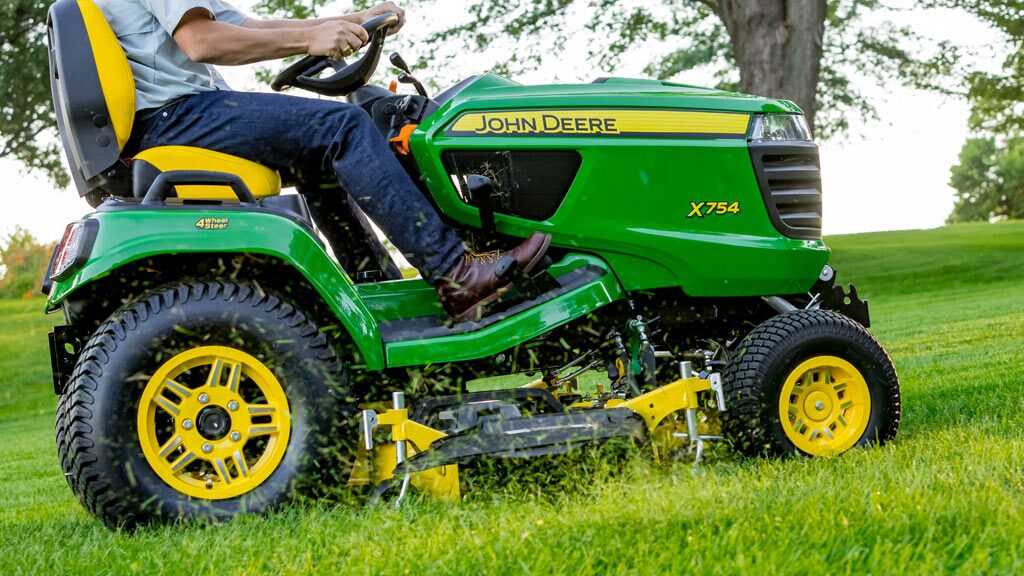Tips for Year-Round Lawn Care and Maintenance
As the seasons change, so do the requirements for effective lawn maintenance. In addition to needing the right lawn equipment, landowners must also consider other key factors, such as fertilizer and grass length.
Let’s take a look at some tips for keeping grass and other plants healthy all year round.
Spring Lawn Maintenance
As the effects of winter begin to wear off and the soil thaws, homeowners should consider the following:
- Ensure that the thatch level is not deeper than 1 inch.
- If the thatch level is deeper than 1 inch, aerate the lawn to open the soil to air, water, and nutrients.
- After aeration, spread fertilizer to feed the soil.
- Eliminate as many weeds as possible at the root – this should be both on the lawn and in the garden.
- Water plants and grass for extended periods of time infrequently as opposed to frequently watering for a short amount of time. This will ensure that the roots absorb moisture.
Summer Lawn Maintenance
As the heat of summer kicks in, homeowners must maintain the health of their plants, which are already in bloom, despite the high temperatures and arid conditions. Effective lawn maintenance in summer can be achieved in the following ways:
- Create a routine for regular watering – it is recommended that grass and other plants get about ¼ to ½ an inch of water once every two weeks and that potted plants are watered daily.
- Prevent grass from burning by keeping the mower blade setting on the second-highest level to ensure that the grass stays just long enough to stand a chance against the hot sun.
- While most experts recommend fertilizing once temperatures cool down, homeowners should still confirm whether the grass or plants they have in their yard also require fertilization during the summer months.
Fall Lawn Maintenance
Once the weather begins to cool down, homeowners should take advantage of the opportunity to reseed areas of their yard that may have browned as a result of the summer heat. Homeowners should also prepare their lawns for winter by considering the following tips:
- Prune or cut off any dead parts of yard plants to allow for new blossoms to sprout.
- Adjust the mower blade setting to a height of 2 inches off the ground to allow for grass to be cut shorter – this will protect it from being matted down by heavy piles of leaves and snow.
- Assess thatch level and aerate if necessary.
- Apply a thin layer of soil that will act as compost, continuing to feed plants throughout winter.
- Rake lawns and garden beds to remove leaves that could smother plants.
Winter Lawn Maintenance
Although there is not too much lawn maintenance that can take place in winter, especially in areas that experience snowfall, there are things that homeowners should keep in mind in order to prepare for warmer months:
- If possible, try to keep foot or vehicle traffic off lawns during the winter. Areas of grass that are worn out during the winter will be slower to recover in the spring.
- Create small shelters over plants to protect them from the weight of snow. If possible, homeowners should also bring potted plants and outdoor furniture inside to prevent cracking or rusting.
- If living in areas of heavy snowfall, homeowners should brush off branches and bushes to prevent the snow from weighing them down.
For more information regarding equipment for lawn maintenance, contact your local John Deere dealer.
Additional Resources:

